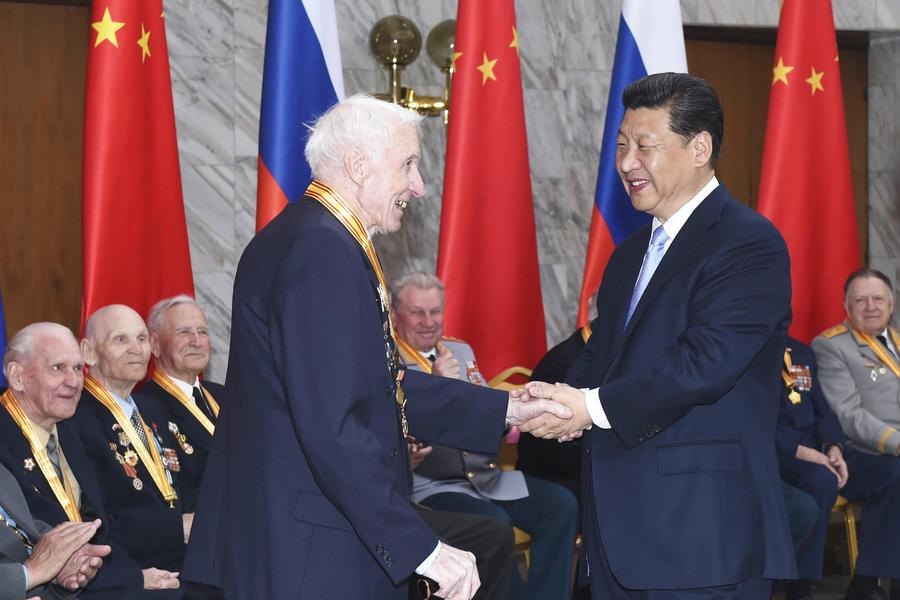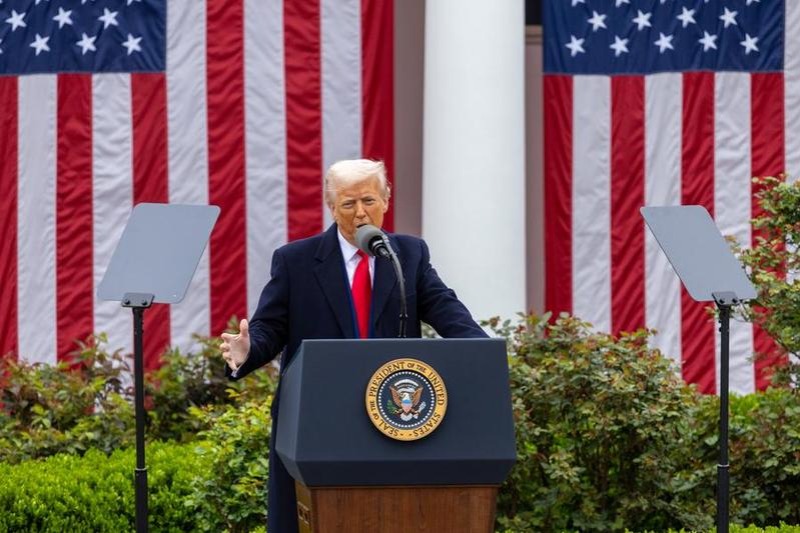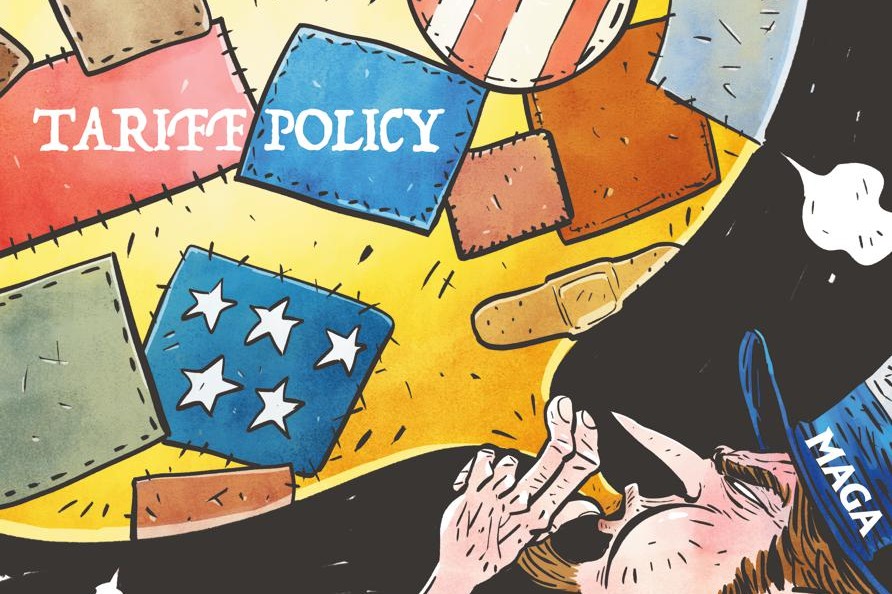US must act constructively to seek trade relief

In an article in the Financial Times on April 9, White House Trade Advisor Peter Navarro claimed the trade deficit with China since 2001 caused the loss of millions of manufacturing jobs in the United States during the George W. Bush and Barack Obama administrations.
Navarro seems to be influenced by a report prepared by Robert E. Scott, senior economist at the Economic Policy Institute, and some other assessments. Due to the trade deficit with China, 3.4 million jobs were lost between 2001 and 2015, nearly three-fourths of which were in manufacturing, Scott wrote in the report issued in January 2017.
But Scott measures only the influence of the import-export balance on the total demand without taking into account the role imports and exports play in improving resource distribution efficiency, especially the role of imports in improving supply and increasing employment. His flawed methodology therefore makes his conclusion untenable.
Trade helps give full play to a country's comparative advantages and offsets its resource shortage. This is an important reason why trade is beneficial to all the parties involved.
In his report, Scott assumes foreign trade does not have any positive effects on employment in the US' wholesale, retail and advertising sectors, because marketing means are needed to sell all the products, whether they are made in the US or imported. In so saying, Scott ignores the fact that a large number of laborers are required to provide the follow-up services needed for the distribution of the imported products.
Owing to their strong employment generation capacity, the wholesale and retail sectors account for nearly one-eighth of the private sector jobs in the US. For instance, Wal-Mart employs hundreds of thousands of people in the US for selling large quantities of the goods imported from developing countries, including China. In fact, the retail sector already employs more people than the manufacturing sector. It is only for political reasons, therefore, that Scott said wholesale and retail, which are closely related to the US' import and export sectors, have "zero" influence on employment expansion.
Besides, Scott distributes the job losses allegedly caused by the trade deficit with China to different states. This methodology is unscientific, because compared with the overall industrial system of the US, some of its states don't have a comprehensive industrial setup and their production capacity in certain fields is rather weak, which means the import of some Chinese products don't cause any jobs losses or displacements at the local level.
As such, there are not many correlations between the US' jobless rate and its foreign trade deficit. For instance, in 2006, the US' current account deficit was $805.9 billion, the biggest in its history, and the ratio of its current account deficit to GDP was 5.8 percent, a record high. But the US' jobless rate that year was 4.6 percent, much lower than its average long-term 5.6 percent jobless rate. And although this ratio gradually declined from 2007 to 2009, the jobless rate showed a rising trend.
The extension of Scott's methodology would also lead to another incredible conclusion. For argument's sake, let us assume his estimation of the influences of the US' total trade flow on its employment rate is correct. In that case, the use of the same methodology and parameters to calculate the influences of the US' total trade deficit on its employment rate from 2001 in 2015 will show that in some specific years during this period, the number of lost or displaced jobs due to the trade deficit was larger than the total number of jobless people in the US.
This means that if the US had struck a trade balance during those years, it would have not only eliminated unemployment, but also faced a labor shortage. Such a conclusion would be contrary to the fact that quite a large number of people in the US remained jobless even when the US managed to strike a trade balance or had a trade surplus.
Given the flaws in Scott's methodology, any conclusion based on it would be unscientific, and thus mislead the US Congress, administration and public. This is why many research institutes and agencies have criticized his report. But pretending that Scott's report is flawless, the US government still uses it as an excuse to launch trade protectionist measures against China. Such actions will not only harm Sino-US trade relations but also hinder the development of the very US economy that the Trump administration wants to protect.
The author is a researcher at the China Center for International Economic Exchanges.


































